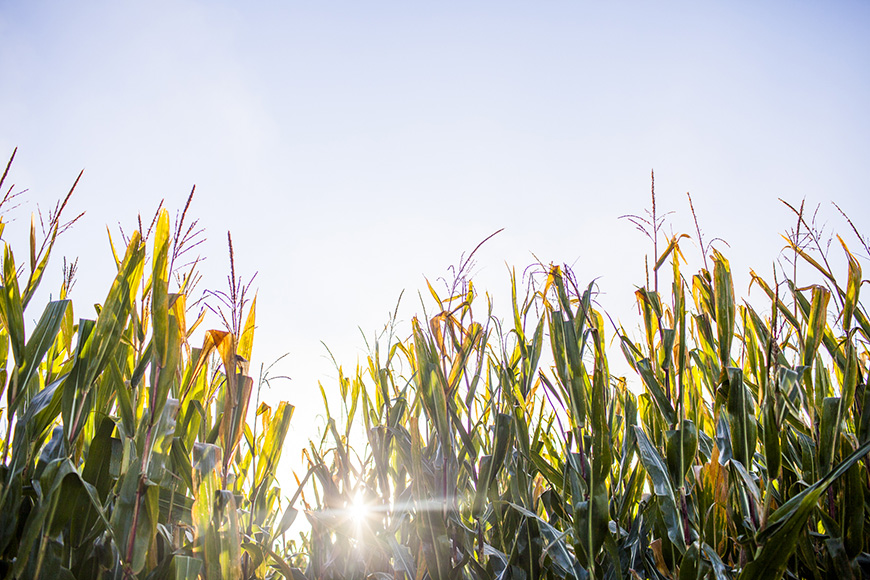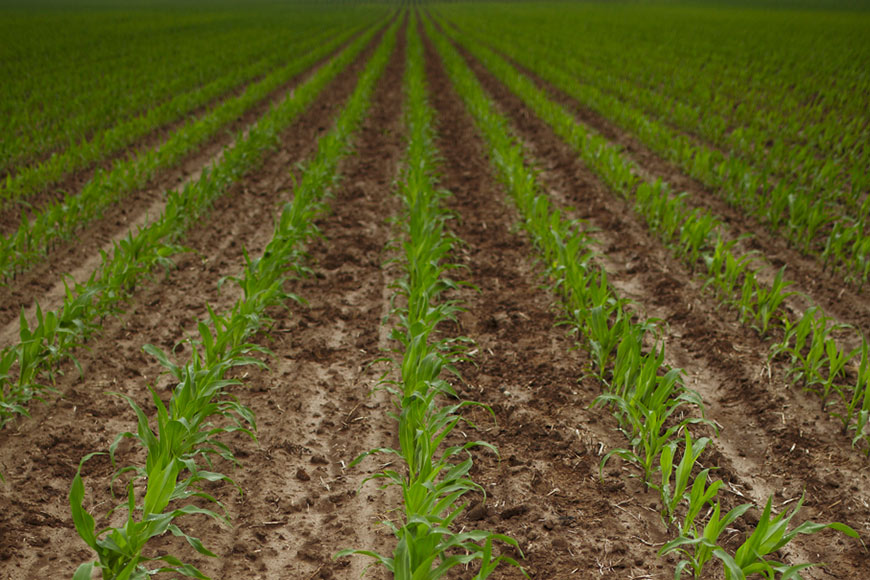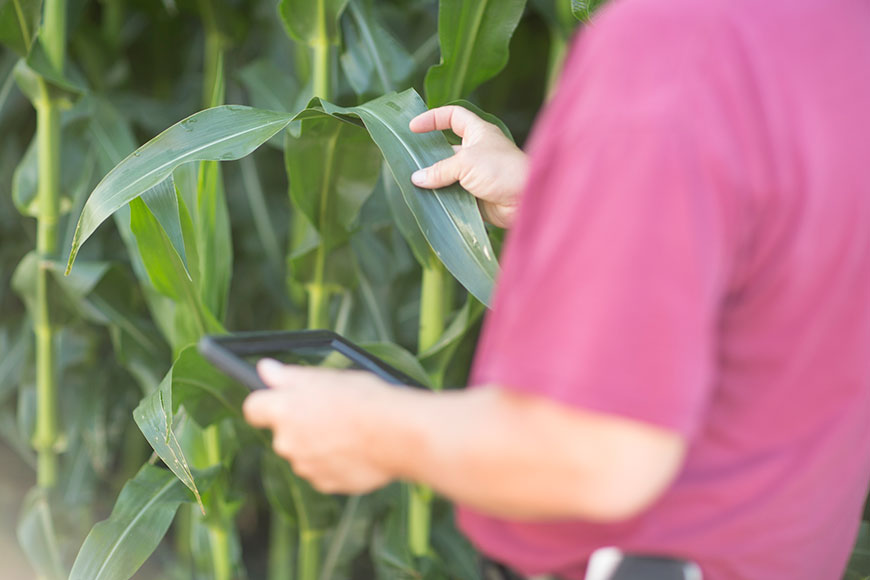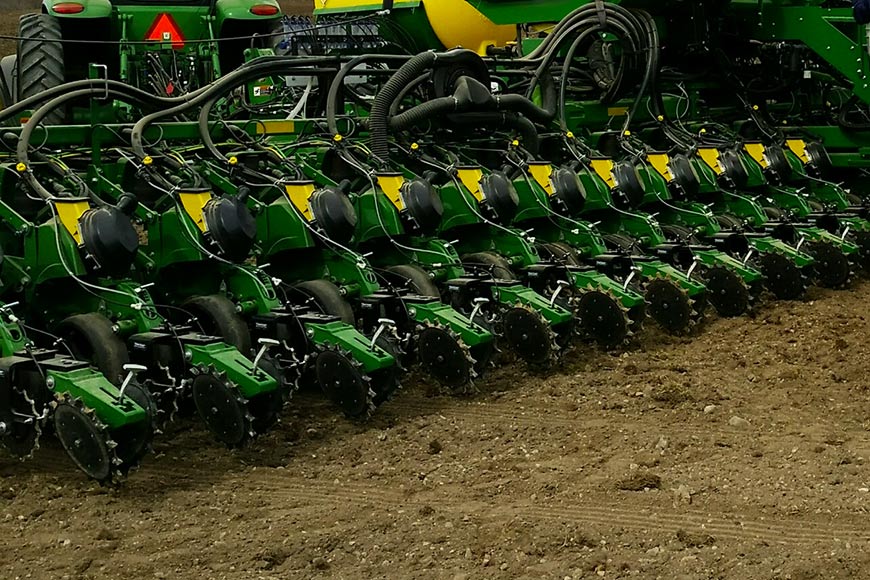Managing Southern Rust in Corn

The significance of southern rust
Southern rust can be one of the most challenging corn diseases to manage because, with favorable conditions, it develops quickly and aggressively reproduces. Every southern rust pustule produces spores for up to eight days, so secondary infections are common when favorable conditions persist. As pustules eat away at green leaf tissue, photosynthesis in the plant is reduced. With the plant’s metabolic functions impaired, grain quality and quantity are compromised. In high-pressure situations, southern rust can reduce test weights and slash yield potential by 30-40 bushels per acre.Conditions that favor infection
No cornfield is immune to the effects of southern rust, but some fields may be more susceptible to infection than others. Later-planted cornfields are more vulnerable because they are typically at smaller growth stages when the disease develops. Low-lying areas in valleys or river bottoms may also be more susceptible to this disease due to prolonged exposure to moisture. It takes about six hours of leaf wetness for southern rust spores to produce, and the disease favors high relative humidity and temperatures around 80 degrees.Be proactive to identify disease
To successfully manage southern rust, you need to be proactive. The disease spreads quickly, so it doesn’t take long for plant health to deteriorate. It’s critical to scout fields early and often, especially when the environment favors disease development, such as after a period of wet weather or under high humidity conditions. You’ll also want to monitor what’s happening to your south since that’s where the southern rust spores will be blowing in from.Be prepared to treat fields
Knowing when to treat fields with fungicides is sometimes more art than science. You’ll need to consider several factors, including corn growth stage, disease severity, environmental conditions and economics. A fungicide application between the R1 and R3 growth stages is usually most effective.
Continue to scout fields through the reproductive stages, as you may need to protect yield potential with an additional fungicide application at later growth stages if disease pressure is severe. Once the corn reaches black layer, there is no need to apply a fungicide. The crop has reached physiological maturity by that time, and there is no additional threat to yield loss from southern rust.
Fields that have been sprayed with a fungicide at R1 could possibly need a second application of a fungicide to control some of the later development of Southern Rust.
Choose effective products
Not all fungicides are created equal when it comes to managing southern rust. The most effective products offer curative and preventive protection and multiple modes of action against the disease, so be sure to review fungicide labels before application.In addition to an effective fungicide, you should plan to add an adjuvant to the tank mix to increase leaf coverage and canopy penetration. MasterLock® adjuvant enhances fungicide performance by improving adhesion, reducing spray droplet bounce and increasing canopy penetration to keep more active ingredient on target and available for plant uptake.
Contact your local WinField® United retailer for more information on southern rust management.
All photos are either the property of WinField United or used with permission.
© 2025 WinField United. Important: Before use always read and follow label instructions. Crop performance is dependent on several factors many of which are beyond the control of WinField United, including without limitation, soil type, pest pressures, agronomic practices and weather conditions. Growers are encouraged to consider data from multiple locations, over multiple years and to be mindful of how such agronomic conditions could impact results. MasterLock and WinField are trademarks of WinField United. All other trademarks are the property of their respective owners.




